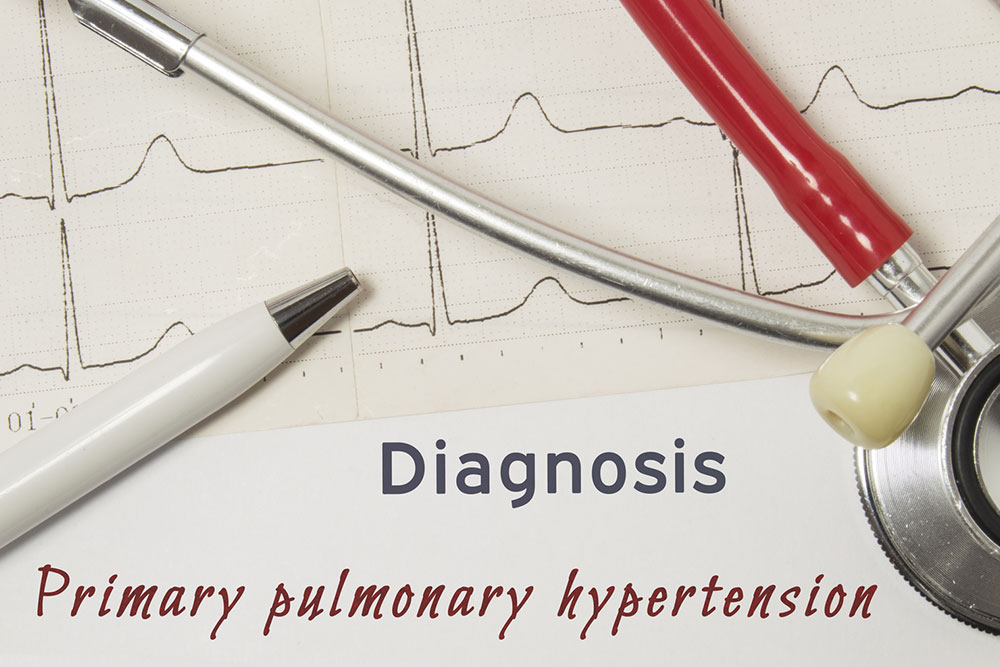
What are the types of pulmonary hypertension
Pulmonary hypertension (PH) is an unusual and serious condition of the lungs that is identified by high blood pressure within the pulmonary arteries. These arteries transfer blood to the lungs from the heart. When the blood pressure is high, the heart has to put in more effort to pump blood. This, in turn, results in straining of the heart, making it weaker. This could lead to heart failure.
The World Health Organization defined the types of pulmonary hypertension in 1973 depending on the cause of the condition. It is revised and updated accordingly every couple of years.
Types
PH can be divided into 5 groups:
Pulmonary arterial hypertension (PAH)
This group is linked to the narrowing of the smaller blood vessels within the lungs. It involves instances where the fundamental reason of PAH is unknown. This is also referred to as idiopathic pulmonary hypertension. It includes:
- Familial or heritable PH
- PAH due to toxins or specific drugs
- PAH due to certain conditions such as lupus, scleroderma, congenital heart issues, HIV, infections, among other things.
- PAH due to unusual blood issues, pulmonary capillary hemangiomatosis or pulmonary veno-occlusive disease or persistent pulmonary hypertension of the newborn
PH because of left-sided heart disease
This is due to left-sided heart ailments. Chronic issues in this region can result in alterations within the pulmonary arteries resulting in PH.
It can include:
- Systolic dysfunction of left ventricle when blood pumping is not effective
- Diastolic dysfunction of left ventricle when the heart is unable to relax to permit blood flow
- Valvular illness, which is when the heart’s left faceted valves are permitting leakage of blood
- Congenital heart defects that result in blood flow issues to and from the heart
PH because of lung disease
It is due to a lung illness or lack of oxygen within the body, also known as hypoxia.
The illnesses that are associated with it are:
- Interstitial lung illness
- Chronic obstructive pulmonary disease (COPD)
- Lung developmental irregularities
- Illnesses related to sleep-disordered breathing
- Long term high-altitude exposure
- Alveolar hypoventilation conditions
PH because of blood clots within the lungs
PH because of blood clots within the lungs congesting the pulmonary arteries, also referred to as chronic thromboembolic pulmonary hypertension is also a major cause of this disease. Injuries and bleeding are identified by clots, which is a response from the body. However, it could result in damage when they occur in the lungs or heart without a reason. Blood clots spreading in the lungs are called pulmonary embolism whereas clots within the lungs are called pulmonary thrombosis. Both of them can congest and obstruct pulmonary arteries.
Other unusual disorders that lead to PH
This category comprises of PH due to less usual reasons that cannot be categorized into the above 4 groups. They are:
- Blood disorders such as anemia
- Systemic disorders such as histiocytosis – a disorder resulting in scarring or sarcoidosis, which is a disorder that causes swelling of various organs
- Metabolic disorders such as thyroid issues and glycogen storage issues
- Other disorders such as tumors or kidney failure
Knowing the type of pulmonary hypertension enables the doctors to deal with it and treat it more efficiently.


